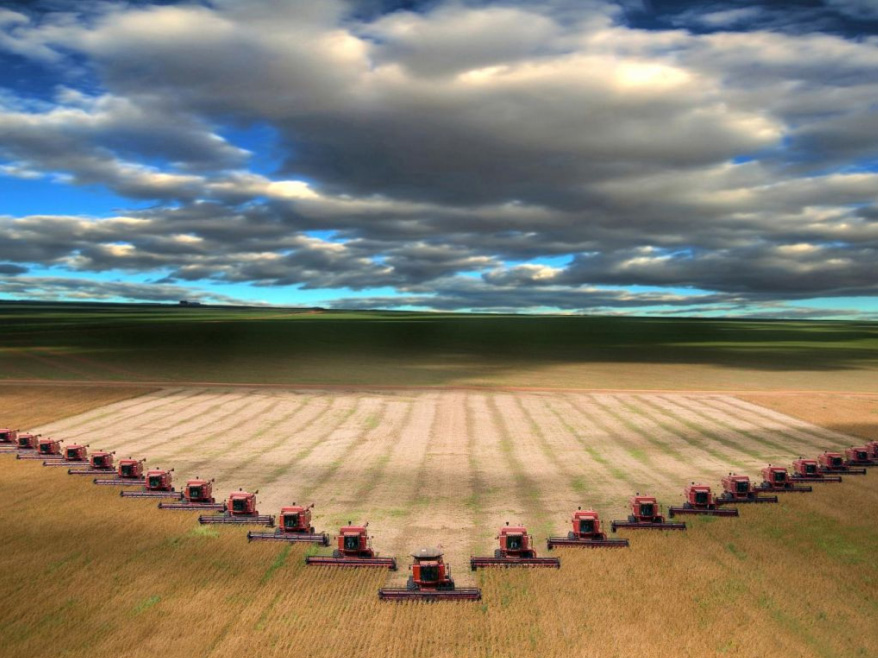Elevated levels of carbon dioxide in the atmosphere may be beneficial for agriculture.

Climate experts have already agreed not only that the Earth is really experiencing global warming, but also that it is caused by human activity. At the same time, one of the main factors influencing the increase in temperature is the increase in the content of greenhouse gases in the atmosphere - in particular, carbon dioxide.
Carbon dioxide is impermeable to thermal radiation and has a greenhouse effect on the surface of the Earth when incoming heat remains at the surface of the planet. To all the other problems to which this effect leads, a decrease in the supply of drinking water is added. But this does not mean that increasing the amount of CO 2 in the atmosphere is an absolute evil.
')
An international group of scientists , summarizing the results of several studies, published in the journal Nature Climate Change a forecast on yield changes with an increase in carbon dioxide in the atmosphere, which ecologists predict. Productivity researchers measured as the amount of products obtained per unit volume of water undergoing evapotranspiration (the total effect of evaporation of water from the soil surface and from the surface of plants ).
For the calculations, data from field experiments on the yield of wheat, maize, rice and soybeans (the most popular crops) under conditions of elevated CO 2 in the atmosphere were used.
It turned out that by the 2080s, the yield of these crops will grow by an average of 10-27%. Particularly noticeable will be the difference in arid regions - for example, the yield of wheat can grow almost one and a half times. As a result, growing crops will require less water for irrigation, since less liquid will evaporate from the surface of the plants.
The plant regulates its level of transpiration by changing the size of the stomatal crevices - pores on the leaf surfaces. An increased level of carbon dioxide leads to a decrease in the number of open stomas - as a result, a smaller amount of water obtained by the plant from the soil goes back to the atmosphere. Since the plant uses for its needs less than 1% of water extracted from the earth, the difference in the amount of liquid evaporated can be significant.
Thus, the researchers argue that reducing the supply of drinking water will be largely offset by a decrease in the amount of water needed to irrigate the land.
Source: https://habr.com/ru/post/393649/
All Articles